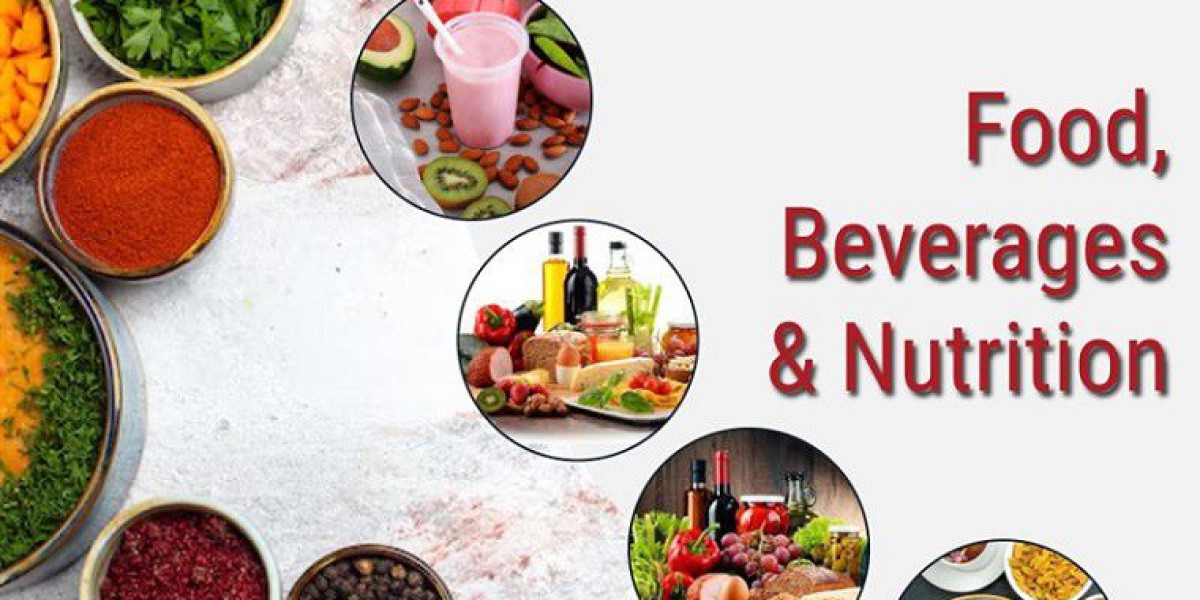In recent years the world of flour and baking has begun to shift: no longer is wheat or rice the only base; pulses (legumes) have entered the picture. “Pulse flours”, made by milling dried legumes, are gaining traction globally. According to MRFR, the pulse flours market is projected to grow significantly in the coming decade.
What’s driving this shift?
Health & clean-label positioning – Pulse flours bring higher protein, higher fibre, naturally gluten-free credentials, which appeal to health-conscious consumers.
Sustainability & plant-based diets – As more consumers adopt plant-forward diets, pulses offer a sustainable ingredient (legume-based) that helps reduce reliance on traditional cereal flours.
Application diversification – Beyond just flour for breads, pulse flours are being used in snack applications, meat alternatives, beverages and more. MRFR says that bakery products currently dominate among applications.
Implications for industry players
Flour producers and ingredient suppliers have an opportunity to scale production of pulse flour, develop novel blends (pulse + cereal), and improve functional properties (binding, texture, taste).
Bakery, snack and food-brands can leverage pulse flours to differentiate: promote higher-protein, gluten-free, plant-based benefits.
Investors and supply-chain firms can look at pulses/flour manufacturing as a growth area given large projected future market size.
Challenges to consider
Cost & ingredient sourcing: Pulses may cost more than some cereal flours, and processing/purifying to flour form involves steps.
Technology & formulation: Replacing or blending wheat flour with pulse flour may require R&D to preserve texture and taste.
Consumer awareness: While “pulse flour” is becoming more known, many consumers still default to wheat flour—education is needed.
Conclusion
Pulse flours are no longer purely niche—they are becoming a mainstream ingredient in food manufacturing. With strong growth projections, health + sustainability drivers, and broadening applications, the opportunity is clear. For ingredient suppliers, flour producers and food brands alike, now is the time to explore pulse-flour innovation and integration.






